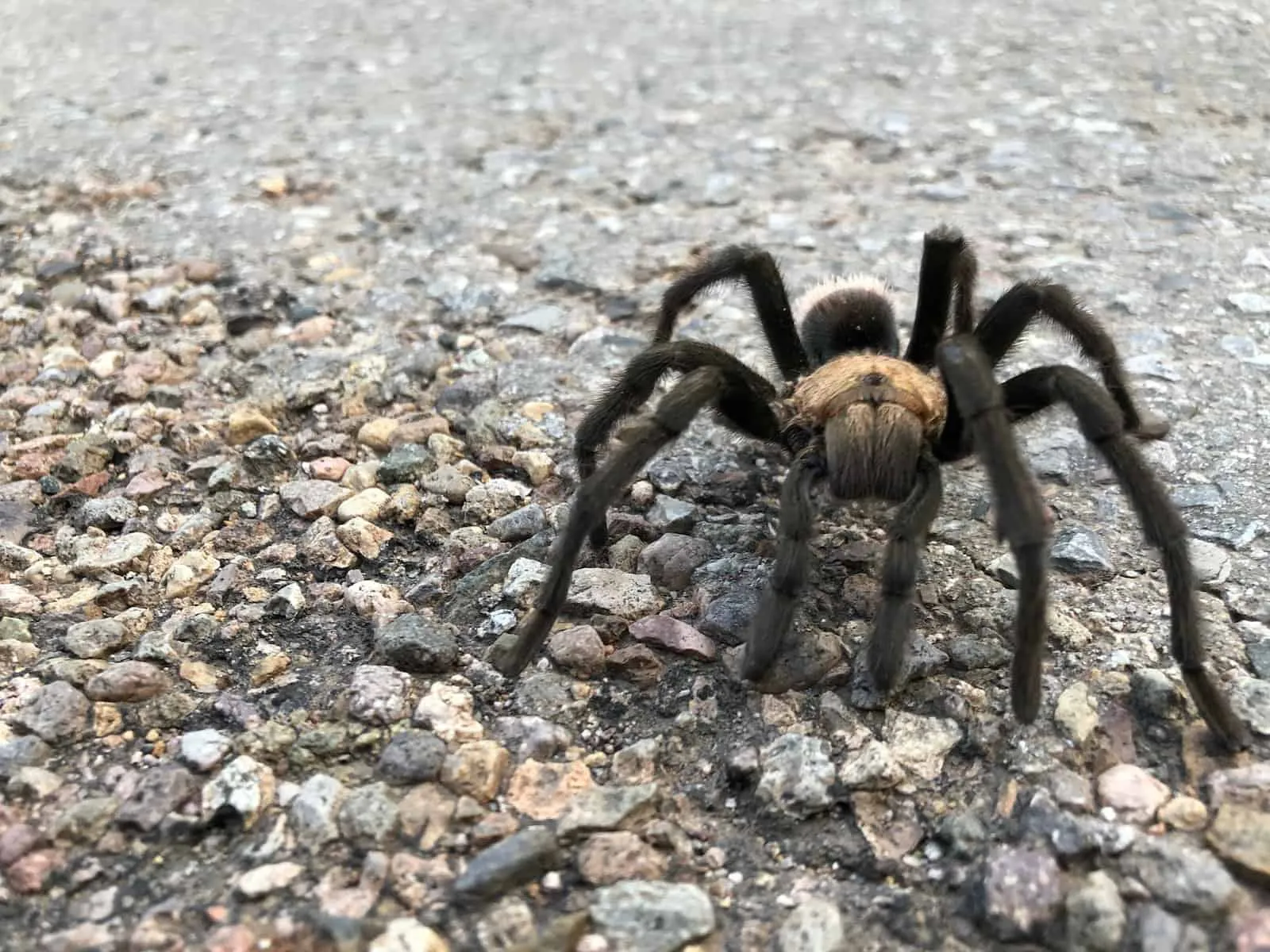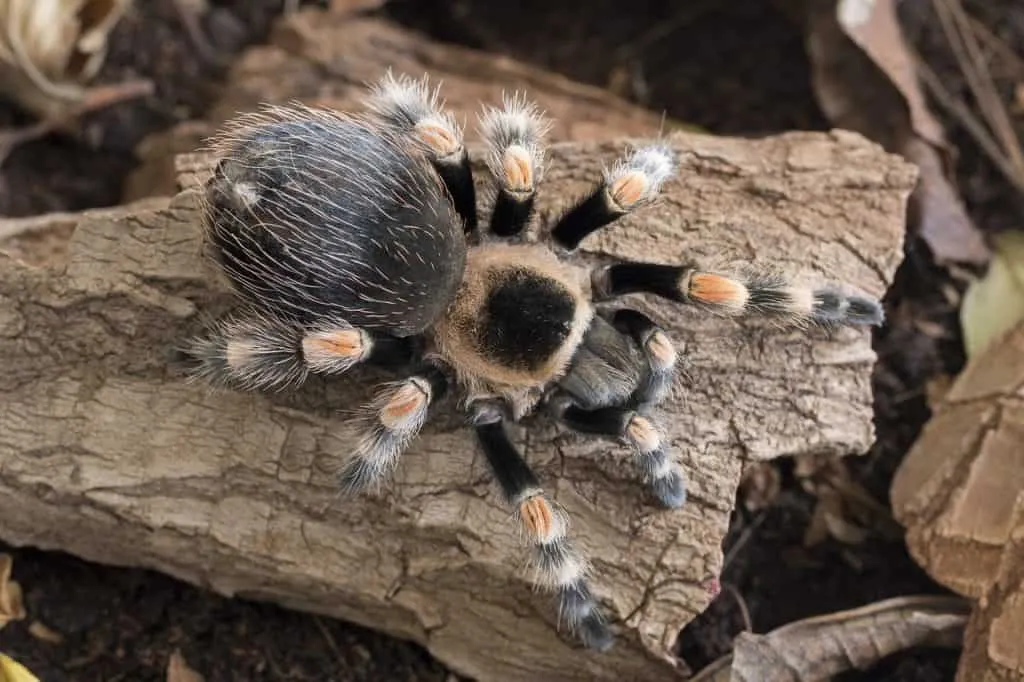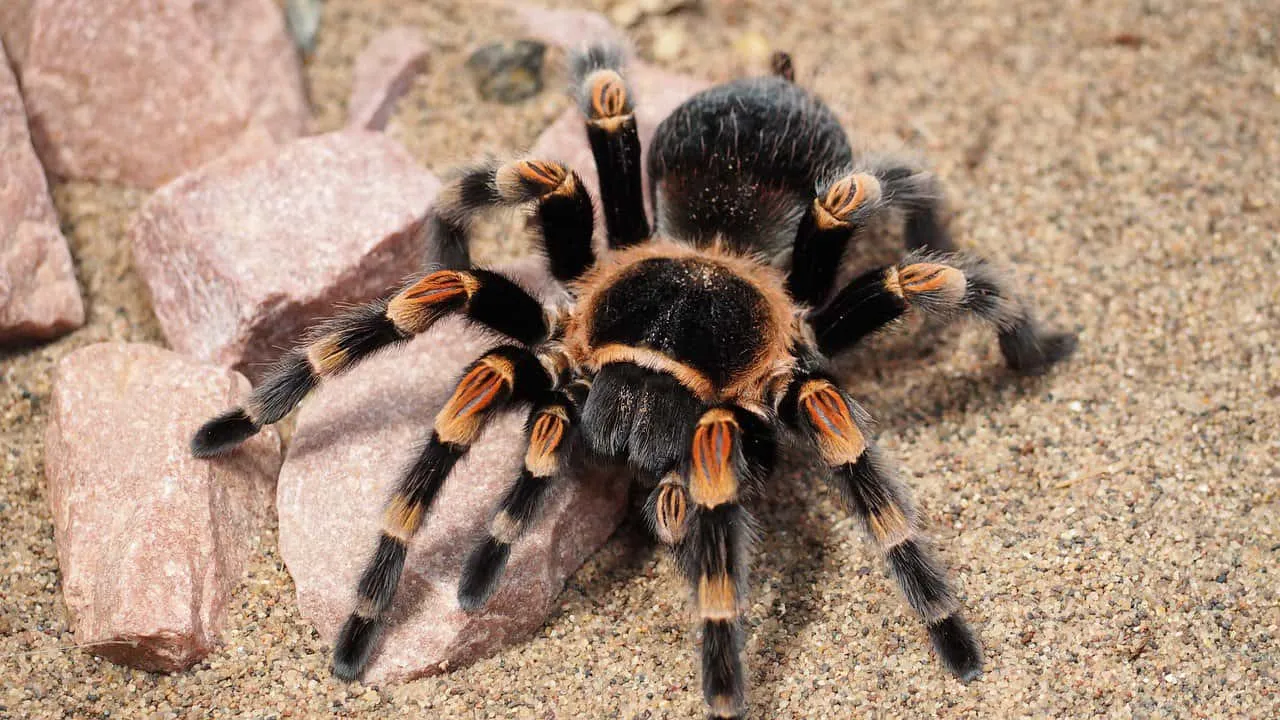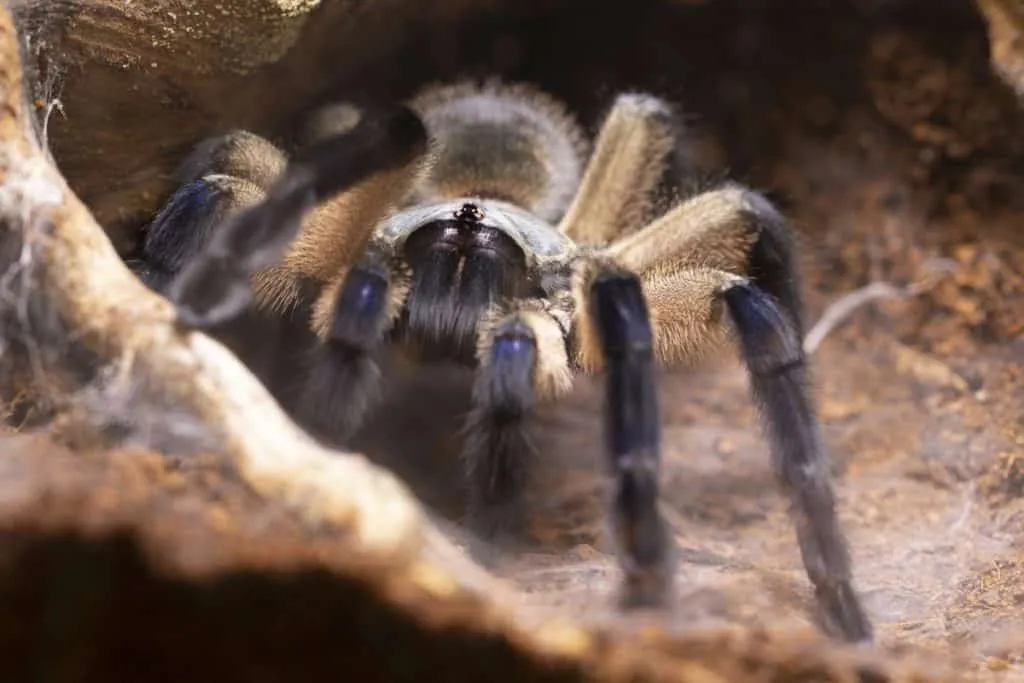What Influences Pet Tarantula Prices?
The cost of a pet tarantula varies significantly, influenced by several factors. These include the tarantula species, its size and age, the breeder’s reputation, and even the location where you purchase it. Some species are more common and easier to breed, making them less expensive, while rarer or more exotic tarantulas can command higher prices. The tarantula’s size and age also play a role, with younger specimens generally costing less than fully grown adults. Furthermore, the breeder’s expertise and the quality of care they provide to their tarantulas often reflect in the price. Finally, regional availability can influence pricing; a species that’s easily accessible in one area might be more expensive in another.
Species of Tarantula and Their Costs
Different tarantula species come with different price tags. Understanding these variations is crucial when considering a pet tarantula. Prices can range from a few dollars to several hundred, depending on rarity, temperament, and appearance. For instance, popular beginner-friendly species like the Chilean Rose Hair tarantula are relatively inexpensive, often costing between $10 and $30. On the other hand, more exotic or rare species such as the Cobalt Blue tarantula or the Gooty Sapphire Ornamental can cost upwards of $100 or even $200 or more. It’s important to research the specific species you are interested in to understand the associated costs and care requirements.
Beginner-Friendly Tarantula Species and Prices

Beginner tarantulas are typically more affordable and easier to care for, making them ideal for first-time owners. The Chilean Rose Hair is a classic example, known for its docile temperament and relatively low cost. Other beginner-friendly options include the Mexican Red Knee and the Arizona Blonde, which usually range from $20 to $50. These species are typically less demanding in terms of habitat and feeding, and are generally less prone to defensive behaviors, making them a great starting point for anyone new to tarantula ownership. Their lower price point reflects their availability and ease of breeding.
More Advanced Species and Their Costs
Advanced tarantula species often come with a higher price tag and more complex care requirements. These can include rarer species or those known for specific behaviors or unique coloration. For example, the Cobalt Blue tarantula, with its striking blue coloration, can be significantly more expensive, often costing over $100. Similarly, the Gooty Sapphire Ornamental, prized for its beauty, is also considerably pricier. These tarantulas may require specialized enclosures, temperature, and humidity controls, and may also have more specific dietary needs, contributing to the overall cost of ownership. Moreover, these spiders are often harder to breed and therefore are less readily available in the market.
Additional Costs of Owning a Pet Tarantula
Beyond the initial cost of the tarantula itself, several ongoing expenses are associated with tarantula ownership. These costs can significantly impact your budget and should be factored in before bringing a tarantula home. These include the cost of setting up a proper enclosure, providing food and water, and any potential veterinary care. These are essential for the health and well-being of your pet and are recurring expenses that you must be prepared to manage. Understanding these costs will help you make an informed decision and ensure you can provide the best possible care for your tarantula.
Enclosure Setup Costs

Setting up a suitable enclosure is crucial for your tarantula’s well-being and can be a significant initial expense. The cost depends on the tarantula’s size and species, as they have different habitat requirements. A basic enclosure, including a terrarium, substrate, hiding places like cork bark or artificial plants, and a water dish, can range from $30 to $100 or more. More elaborate setups with specialized lighting, heating, and humidity control systems will increase the cost. The size of the enclosure is important, as it needs to provide enough space for the tarantula to move around and feel secure. Ensure the enclosure is well-ventilated and escape-proof, as tarantulas are skilled escape artists.
Food and Feeding Costs
Feeding your tarantula is an ongoing cost that depends on the species and its growth stage. Tarantulas primarily eat insects, such as crickets, mealworms, and roaches. The cost of these insects can vary, but a monthly supply can range from $10 to $50, depending on the size of your tarantula and how often you feed it. Larger tarantulas and those that eat more frequently will require more food, increasing the overall cost. It is important to provide a varied diet and ensure the insects are gut-loaded with nutritious food before feeding them to your tarantula, which helps to ensure your pet receives the essential nutrients.
Veterinary Care Costs for Tarantulas
While tarantulas generally don’t require frequent veterinary visits, unexpected health issues can arise, leading to potential veterinary costs. Finding a vet experienced with arachnids can be challenging and may be more expensive than a visit for a dog or cat. Costs can range from $50 to $200 or more per visit, depending on the complexity of the treatment. Having an emergency fund set aside for unexpected medical expenses is a good idea to prepare for any potential health problems. Proactive care, such as maintaining a clean enclosure and providing a balanced diet, can help minimize health risks.
Where to Buy Pet Tarantulas and Their Price Ranges

The cost of a pet tarantula can vary depending on where you purchase it. Different retailers and breeders will have their pricing structures based on factors like overhead costs, expertise, and the species’ rarity. Researching various options will help you find a healthy tarantula at a fair price. Comparing prices, reading reviews, and checking the breeder’s or retailer’s reputation are good steps to take before making a purchase. Always prioritize the health and well-being of the tarantula and choose a reputable source that can provide a healthy specimen.
Online Tarantula Retailers
Online retailers offer a convenient way to purchase tarantulas, often with a wide selection of species and price points. However, it is important to choose a reputable online seller with positive reviews. Prices may vary depending on the species and the retailer’s overhead costs. Online retailers often provide detailed information about the tarantulas they sell, including species, age, and care requirements. Shipping costs are an additional expense that should be considered. Be sure to check the retailer’s shipping policies, as tarantulas must be shipped carefully and securely to ensure their survival.
Local Pet Stores and Breeders
Local pet stores and breeders can be excellent sources for acquiring a pet tarantula. Prices can vary, but you may have the advantage of seeing the tarantula in person before purchasing it. This allows you to assess its health and behavior. Local breeders can provide valuable information about the species, their care, and can offer ongoing support. The cost of tarantulas from pet stores and breeders can vary based on factors like the species’ availability and the breeder’s or store’s reputation. Local breeders are often passionate about the species and can be a great resource for new owners.
Tips for Saving Money on Tarantula Costs

Owning a tarantula can be an affordable hobby, but you can take steps to reduce costs. Purchasing a beginner-friendly species is a good starting point, as they are generally less expensive. Buying supplies in bulk, such as substrate and food, can often lead to cost savings. You can also consider making your own enclosure, rather than purchasing a ready-made one, if you are comfortable with DIY projects. Joining online forums or groups can provide valuable information and support, potentially helping you save money by learning tips and tricks from experienced owners. Finally, always prioritize responsible pet ownership and be prepared to provide proper care to avoid unnecessary expenses from health problems.
In conclusion, the cost of owning a pet tarantula varies widely, depending on the species, age, and where you purchase it. While some tarantulas are relatively inexpensive, other exotic species can come with a high price tag. The ongoing expenses, such as enclosure setup, food, and potential vet care, should be considered. Thorough research and careful planning will help you to budget accordingly and ensure you can provide a happy and healthy environment for your tarantula.
